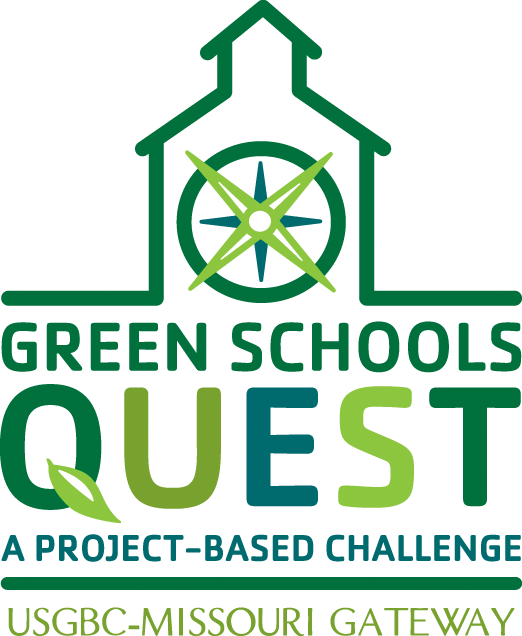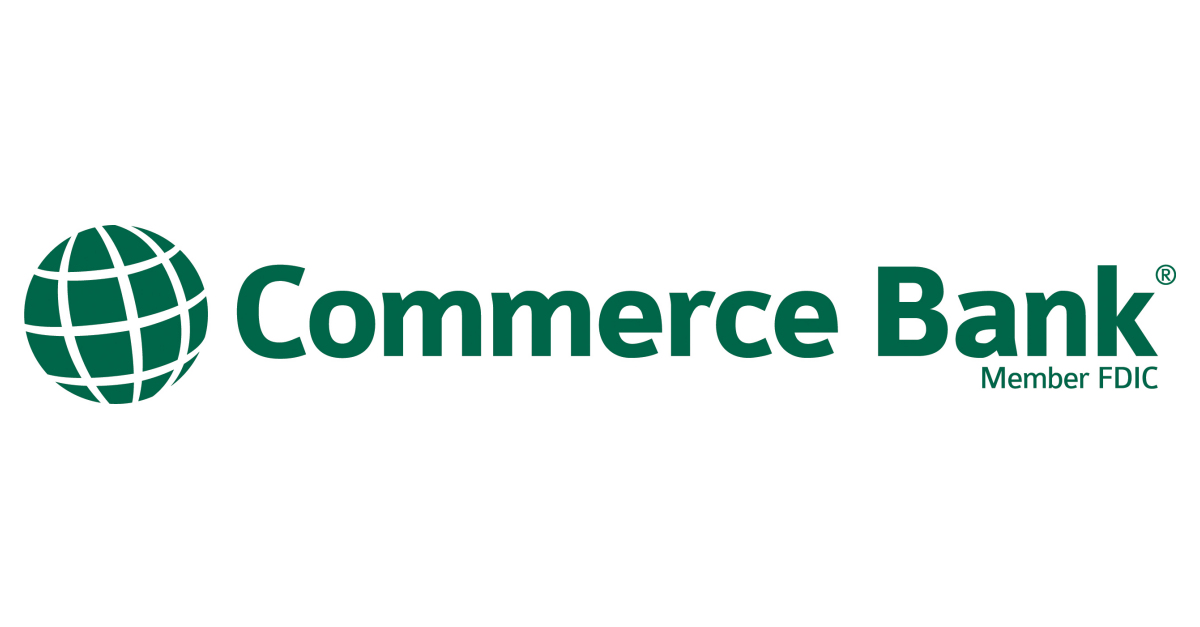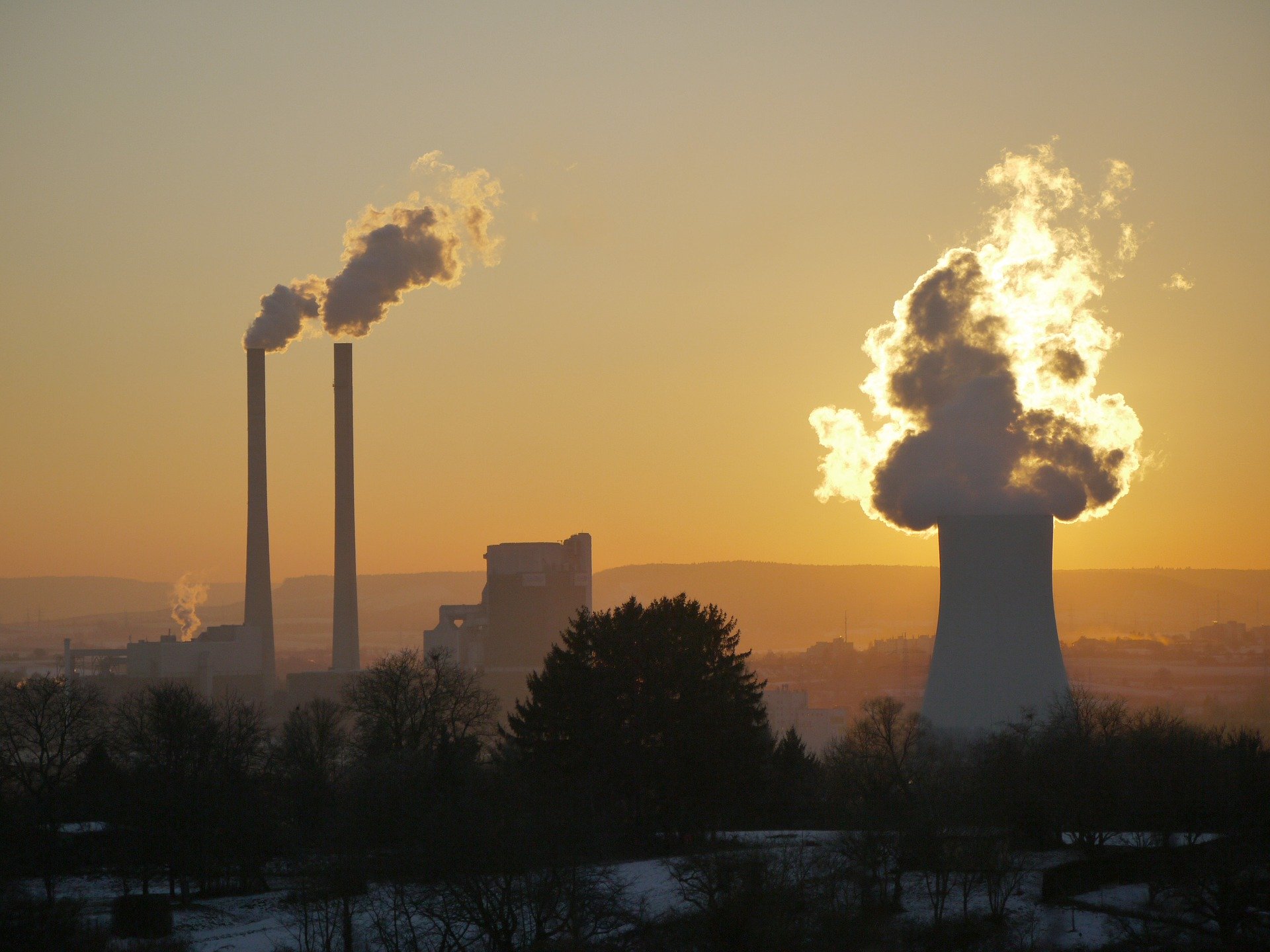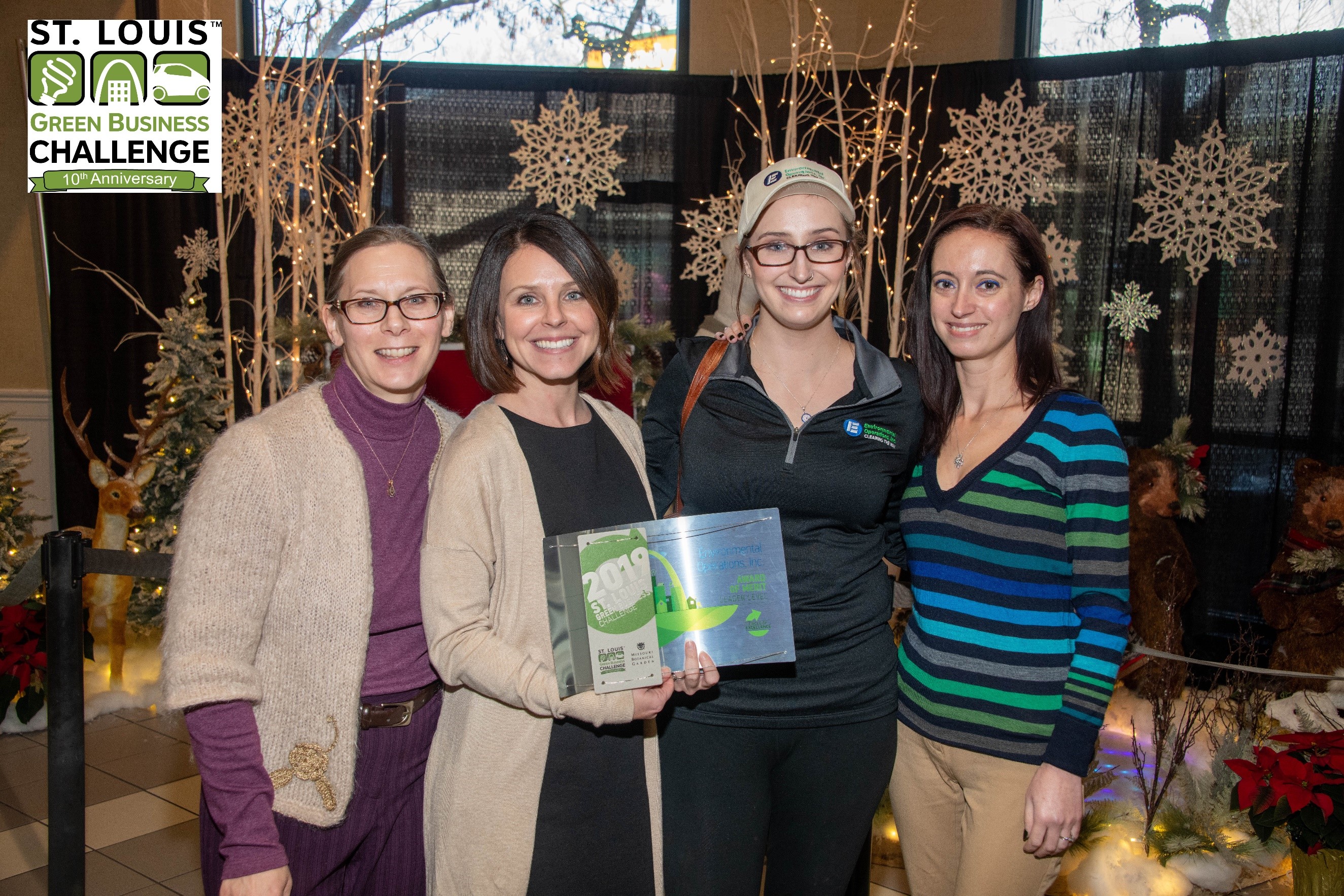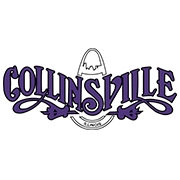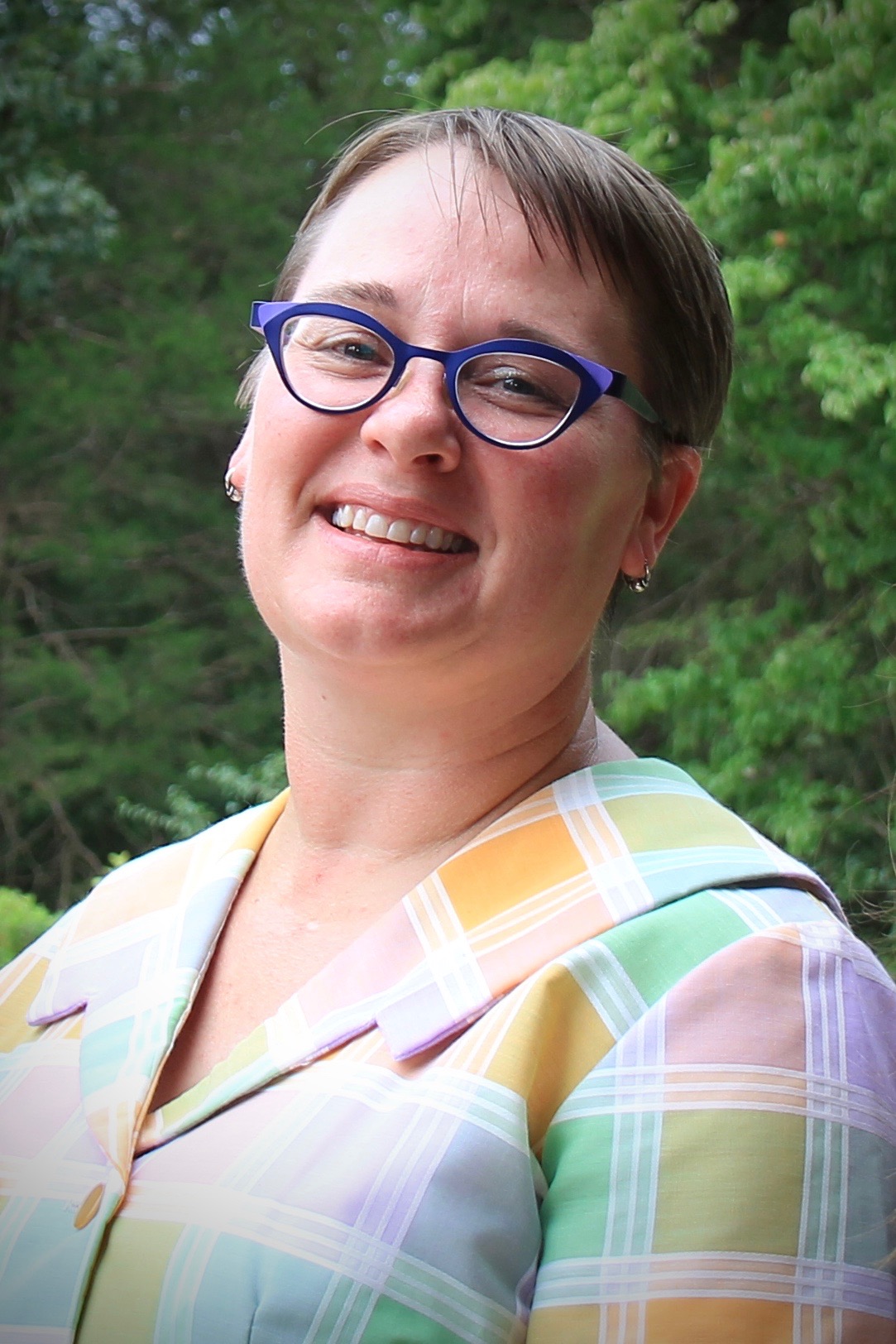The U.S. Green Building Council–Missouri Gateway Chapter (USGBC-MGC) announced on Friday the winners of its 2019–2020 Green Schools Quest. Like the Clean Air Partnership, the Green Schools Quest is focused on encouraging and inspiring voluntary steps to help improve the environment and air quality in the bi-state area, and we’re pleased to highlight its tremendous impact by recognizing the impressive accomplishments of this year’s winners and participating schools.
This innovative program challenges public and private school students at the pre-K, elementary, middle and high school levels within the St. Louis metropolitan area to devise and implement the most creative, effective and no or low-cost sustainable practices for their schools. With the help of Green Mentors, who are professionals with an interest or expertise in sustainability, participating schools formed a Green Team and had the opportunity to engage in projects fitting their schools’ unique needs and resources. Green Teams then documented their overall impact, such as energy and resource savings or increased biodiversity, and submitted their final project for judging by an impartial panel.
“The Green Schools Quest is a unique way to engage the K-12 schools and the future leaders of our region, and it’s also a great way to involve our members who are really passionate about sustainability and green building and the mission of the organization,” said Emily Andrews, executive director of the USGBC-MGC. “Having that connection has been a lot of fun and seeing what the students come up with is always the most rewarding as they work to create greener, healthier learning environments.”
For the 2019-2020 school year, 2,000 students representing 68 St. Louis-area schools worked on Green Schools Quest projects from October to March. Collectively, the projects implemented by this year’s participants positively impacted more than 45,000 students, faculty and community members. A national panel of judges selected the first, second and third-place winners in the elementary, middle and high school categories. Trophies and cash prizes of $600, $400 and $200 will go to the top three finishers in each category. Winners were also chosen by a local panel of judges for five spotlight awards and $100 cash prize, including Rookie of the Year, Sustainability Champion, Judges’ Choice, Innovation, and Focus of the Year.
In the elementary school category, Crestwood Elementary School in the Lindbergh School District received first place recognition for their project, A Green Wave of Change. With a focus on rolling out education in waves that will help the students, community and school make better choices, students created bulletin boards, PowerPoints and videos that were presented to every classroom and the district’s board of education members to engage them in a recycling program. Rogers Middle School in the Affton School District was awarded first place for their project, RMS Earthletes Make Long-Lasting Change, which established a daily use waste station in the cafeteria, banned single-use plastics being used and sold, and strengthened the existing single-stream recycling system throughout the school. Principia Upper School, located in Town and County, Mo., worked to support students as change agents by introducing them to the UN Sustainable Development Goals through their winning project, the Impact Challenge. The project culminated with an event showcasing the good work done by all and highlighting the top projects from each grade level.
Due to the ongoing impacts of COVID-19, the USGBC-MGC had to cancel its Green Schools Quest awards ceremony, but to publicly recognize all 68 schools that participated, the organization has also created an assortment of video compilations to be released each day this week and remain available to view here.
For a full list of winners and to learn more about the Green Schools Quest and this year’s final projects, visit www.greenschoolsquest.org. To learn more about the link between sustainability and air quality, check out our website, like us on Facebook or follow us on Twitter at @gatewaycleanair.
